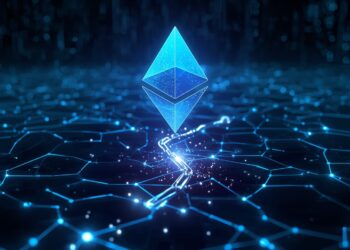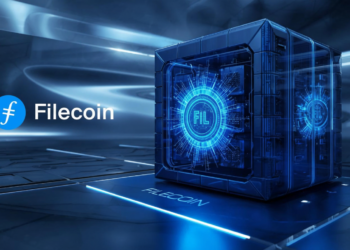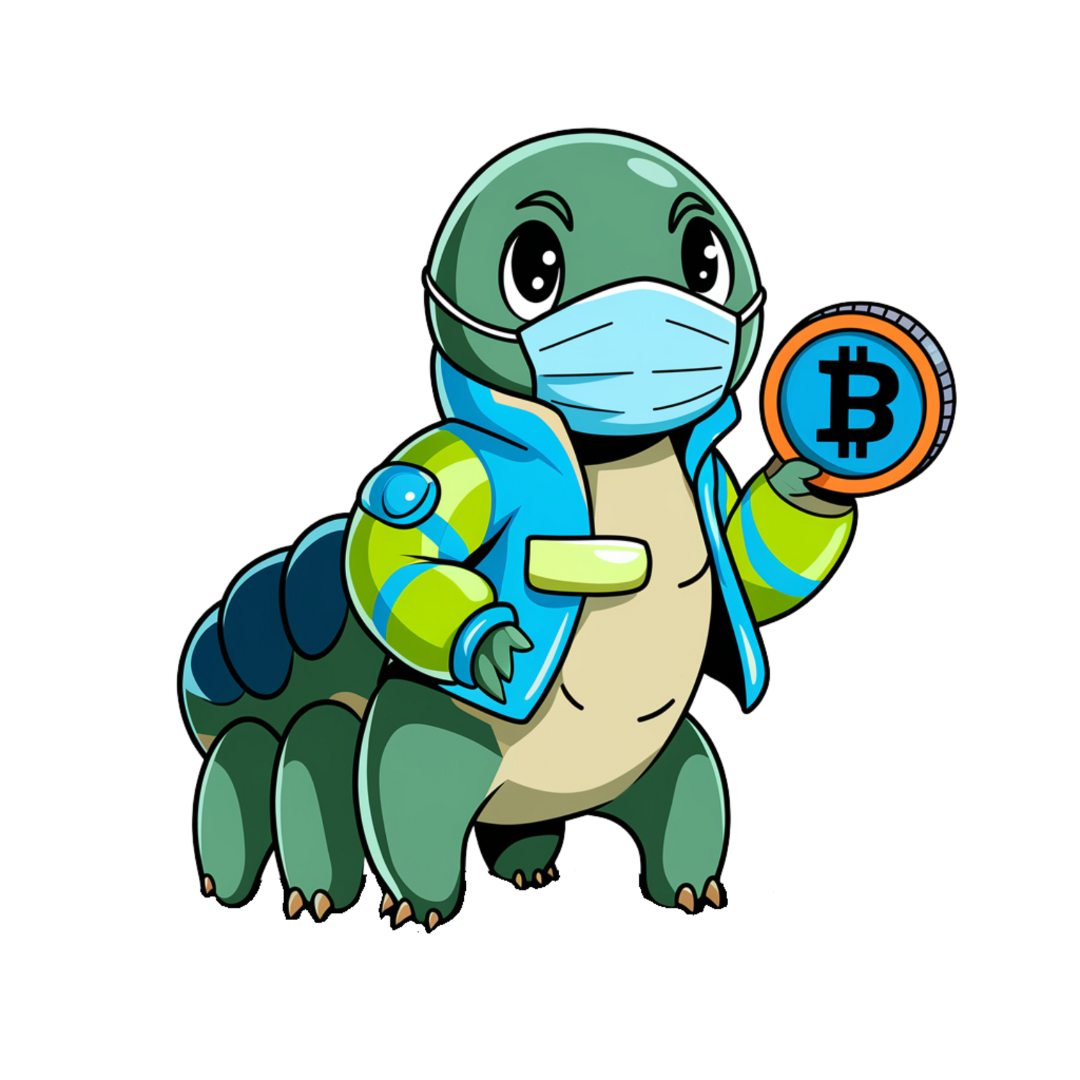Did you know that as of 2023, over 5 billion people use the internet? This staggering figure shows how the internet has changed the world in just a few decades. The evolution of the internet represents a shift from simple pages to complex, interactive platforms. Understanding these changes is vital for grasping how we connect, share, and create in today’s digital world.
The internet has developed through three main stages: Web1, Web2, and Web3. Each stage brought new features and functions that transformed how we interact online.
Web1: The Read-Only Web (1991-2004)
The Dawn of the Internet
Web1 marked the beginning of the internet era. During this period, websites were mostly static and offered limited user interaction. Early platforms like AOL and GeoCities allowed users to access basic information, but engagement was minimal. Websites were often little more than digital brochures.
Technological Limitations
The technical aspects of Web1 were restrictive. Slow dial-up connections made loading websites time-consuming. According to a report, only around 10% of the global population was online by 2004. Multimedia features were basic, consisting mainly of text and simple images. Video and audio capabilities were virtually non-existent.
The Rise of Information Access
Despite its limitations, Web1 revolutionized access to information. Online encyclopedias like Britannica and rudimentary news outlets made information available to anyone with internet access. This shift was transformative for education and research, bridging knowledge gaps across the globe.
Web2: The Social and Interactive Web (2004-Present)
The Social Media Revolution
With the launch of social media platforms, Web2 changed how people communicate. Facebook, Twitter, and Instagram reshaped social interaction, allowing users to share their lives and thoughts instantly. By 2023, over 4.5 billion people were active on social media, underscoring its significance in modern life.
User-Generated Content
Web2 brought about a surge in user-generated content. Platforms like YouTube and Wikipedia empowered users to create and share their knowledge. This democratization of information transformed the internet into a venue for creativity and collaboration.
The Mobile Shift
The rise of smartphones shifted access from desktops to mobile devices. In 2023, mobile internet usage accounted for over 60% of total web traffic. This change forced designers to prioritize mobile-friendly layouts, enhancing user experience across devices.
Web3: The Decentralized Web (Present and Beyond)
Blockchain Technology and Cryptocurrencies
Web3 introduces blockchain technology and cryptocurrencies. This tech underlines data ownership and security, allowing users to control their information. Cryptocurrencies like Bitcoin and Ethereum have emerged, enabling new financial systems and reducing reliance on traditional banking.
Decentralized Applications (dApps)
Web3 also brings dApps, which operate without central authorities. These apps can disrupt traditional platforms, offering services directly between users. For instance, platforms like Uniswap allow peer-to-peer trading, enhancing transparency and control.
The Metaverse and Immersive Experiences
The concept of the metaverse is gaining traction in Web3, offering immersive experiences through virtual and augmented reality. Virtual worlds like Decentraland exemplify this, where users can create, trade, and interact in a three-dimensional space.
Key Differences Between Web1, Web2, and Web3
Data Ownership and Control
- Web1: Users had little control over data.
- Web2: Centralized platforms own user data, leading to concerns over privacy.
- Web3: Users regain control through blockchain, enhancing ownership.
User Experience and Interaction
- Web1: Passive consumption of content.
- Web2: Active participation in content creation.
- Web3: Collaborative environments enabling co-creation and interaction.
Security and Privacy
- Web1: Basic security measures.
- Web2: Increased focus on data security, but vulnerabilities persist.
- Web3: Advanced security through decentralized networks, reducing risks of data breaches.
The Future of the Internet: Trends and Predictions
The Convergence of Technologies
Web3 is set to embrace various technologies like AI, IoT, and VR/AR. This convergence will create even more sophisticated platforms and experiences.
Ethical Considerations and Challenges
As Web3 progresses, ethical challenges like data privacy and algorithmic bias will surface. It’s vital to address these issues to ensure an equitable digital landscape.
Tips for Navigating the Evolving Digital Landscape
For individuals and businesses, adapting to these changes involves:
- Staying informed about emerging technologies.
- Engaging with communities in the Web3 space.
- Exploring new tools for data ownership and security.
Conclusion
In summary, the evolution of the internet from Web1 to Web3 highlights significant milestones in technology and user interaction. Web1 provided basic access to information, while Web2 transformed communication and content creation. Now, Web3 is ushering in an era of decentralization and enhanced user control. The future promises even greater changes that will shape how society interacts online.

























